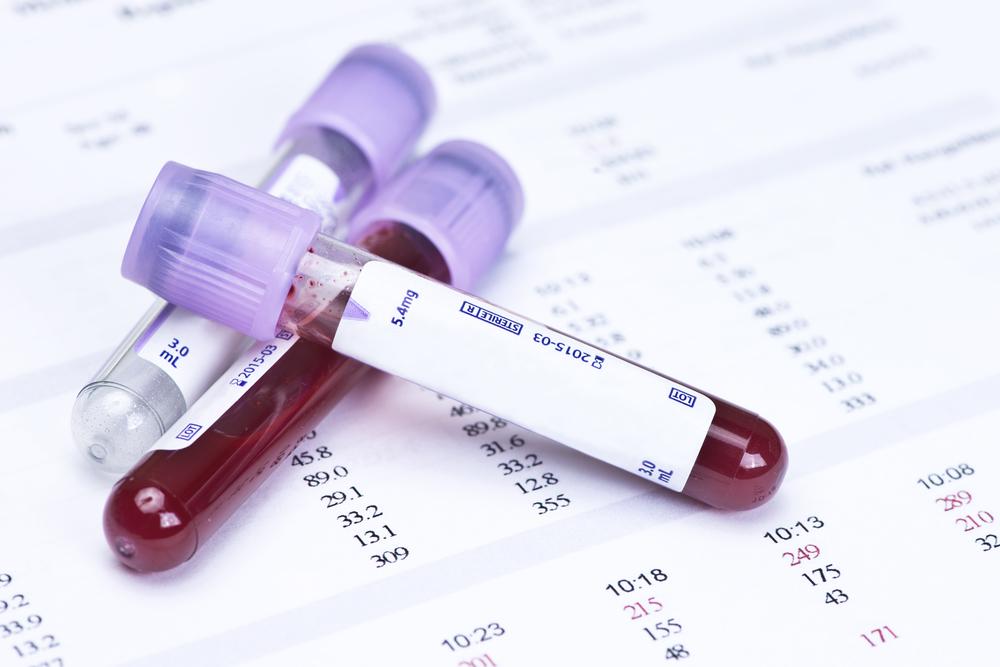Common Conditions That Require Blood Donation
Conditions That Require Blood Transfusion
Millions of blood transfusions are needed every year for various reasons. R
Serious injuries/surgery
A common need for blood donations is after a major disaster causing excessive bleeding has occurred such as a road traffic accident of a natural or another disaster. The average car accident victim can need as many as 100 pints (4.5 liters) of blood. Blood donations are also needed for casualties of war.

Infections
There are a number of severe infections that can prevent the body from producing different blood components.
Blood-related conditions
Red Blood Cell Disorders
- Anemia is an illness resulting from a deficiency in red blood cells or abnormal hemoglobin— an iron-rich component of red blood cells that carries oxygen to all the cells in the body. As a result, individuals with this condition feel lethargic. Some forms of anemia are so severe that they need to be treated with blood transfusions.
- Iron-deficiency anemia: In severe cases of iron deficiency, anemia can be treated in the short term with a blood transfusion. The transfusion immediately treats the anemia by providing blood with iron that can be used by the recipient. However, this is a temporary solution. Other treatments will be needed to resolve the illness.
- Aplastic anemia: It is a form of anemia resulting from bone marrow failure. All types of blood cells are made from stem cells in bone marrow. In the case of bone marrow failure, the stem cells are damaged and cannot produce white blood cells, red blood cells, or platelets. Blood transfusions are commonly performed to stop the bleeding (platelet transfusion) and temporarily treat aplastic anemia symptoms such as tiredness (red blood cell donation). These transfusions provide blood cells that the recipient cannot produce on their own. The number of transfusions that a recipient can obtain is limited by antibodies that they may develop against the transfused blood and the accumulation of iron. However, medications can be taken to suppress the immune system’s response to the blood and to remove the excess iron.
- Chronic Diseases that cause anemia: Anemia can be caused by several diseases including chronic infections, inflammatory, and autoimmune diseases such as Chron’s disease, systemic lupus, rheumatoid arthritis. Blood transfusions may be provided to treat severe anemia symptoms resulting from these conditions.
- Thalassemia is an inherited blood disorder, commonly occurring in individuals of Asian or African descent, in which the patient cannot produce hemoglobin. The only treatment available for thalassemia is a regular blood transfusion, which provides the recipient with the normal red blood cells it needs to transport oxygen. Iron chelators are also taken to prevent iron build-up. Blood transfusions are typically needed every 2 to 4 weeks.
- Sickle cell disease is another inherited red blood cell disorder. Individuals with this disease have abnormal shaped hemoglobin, which causes the red blood cell to take on a sickle shape that can block or slow down blood flow. While blood transfusion will not treat sickle cell anemia, it can temporarily treat complications related to sickle cell disease such as severe anemia.
White Blood Cell Disorders
- Lymphoma is cancer that originates in the lymphatic system, a part of the immune system that fights infection and disease. The lymphatic system includes lymph nodes, the spleen, the thymus, bone marrow and other glands.
- Leukemia originates in tissues that generate blood such as bone marrow and the lymphatic system. Patients with leukemia and lymphoma generate abnormal white blood cells the rapidly multiple.
- Multiple myelomas originate in white blood cells called plasma cells. Plasma cells normally generate antibodies to fight invading organisms. However, in the case of multiple myeloma, the cells accumulate in the bone marrow and produce abnormal proteins that can cause harm. In the case of these white blood cell disorders, blood transfusions may be provided to replenish blood cell components that may be lost due to damage to the bone marrow. Many chemotherapy drugs that are taken to treat these diseases can also reduce blood cell production, and blood transfers are provided to make up for this loss.
- A myelodysplastic syndrome is a group of diseases in which bone marrow produces a low number of fully matured or functional white blood cells, red blood cells, and platelets, which can result in symptoms similar to anemia. In some cases, patients with the myelodysplastic syndrome may be treated with a blood transfusion of platelets or red blood cells to stop bleeding a relieve anemia symptoms.
Platelets
- Thrombocytopenia diseases (Heparin-induced thrombocytopenia and thrombotic thrombocytopenic purpura) are conditions in which the patient has a low level of platelets, the cells responsible for blood clotting. While blood transfusions are rarely used to treat this disease, they may be used in cases of severe bleeding or when the patient is at risk of bleeding.
Plasma Disorders
- Hemophilia is an inherited disease in which the patient has a low level of one of many clotting factors (clotting factor VIII, IX or XI) found in plasma. This prevents individuals with hemophilia from clotting resulting in excessive bleeding from even minor injuries. Hemophilia is treated with blood clotting factors derived from plasma donations.
- Von Willebrand disease is another inherited bleeding disease. Patients with this disease have low levels of a protein called the Von Willebrand factor. This factor allows platelets to stick together and clot. Without this factor, individuals with Von Willebrand disease experience excessive bleeding from minor cuts. Among many treatments for managing this disease are products derived from plasma.
Excessive blood loss
There are several conditions that cause significant blood loss.
One such popular condition is Postpartum Hemorrhage: Postpartum hemorrhage is the loss of large amounts of blood following vagina (500 mL) or cesarean (1,000 mL) delivery. While it is relatively well-controlled in developed countries, many mothers are at risk of experiencing it in other countries. There are several treatment options including blood transfusion.